1. Transistor Radios Were Our First Taste of Freedom
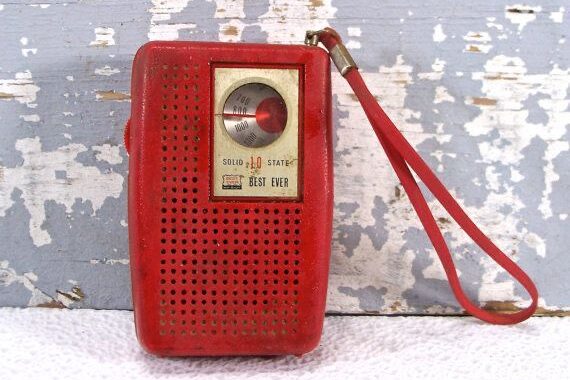
The transistor radio became the ultimate symbol of teenage and pre-teen independence in the 1970s. These compact, battery-powered devices, which became widely affordable and portable after their introduction, allowed kids to detach from the family stereo and take their music anywhere. Prior to this decade, radios were often large, furniture-like fixtures, tethered to a wall outlet. The transistor model changed that, allowing kids to tuck a small, often plastic-cased radio under a pillow, into a bicycle basket, or inside a beach bag. The sound quality was often tinny and AM-heavy, filled with the distinctive “crackling” static, but this was a small price to pay for a private soundtrack. It fostered a sense of personal identity and ownership over one’s musical taste, which was a powerful, defining experience in a decade where music became central to youth culture. This freedom fueled a massive market for portable music, paving the way for the later dominance of the cassette-based Walkman.
2. The Glow of Dials Lit Up Bedrooms
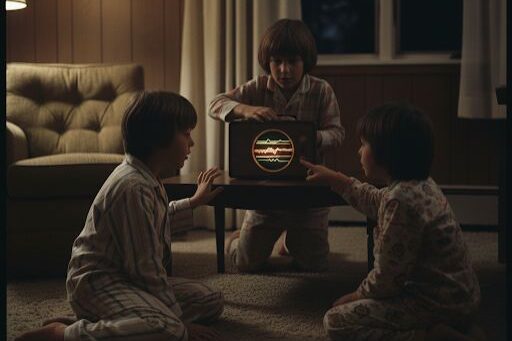
As night fell in the 1970s, the radio dial became a central focus for many young listeners. Radios of the era featured analog tuners, often backlit with warm, inviting colors like orange, green, or soft yellow. A listener would spin a physical plastic knob, watching a small needle or light slide across the long frequency display, which was marked with station numbers. This was a highly tangible and engaging way to consume media. At night, the absence of atmospheric interference allowed AM signals to travel hundreds, sometimes thousands, of miles. Kids would lie in bed, their faces illuminated by the dial’s soft glow, hunting for these “ghost” signals, faraway stations from cities like Chicago, New York, or Los Angeles, that would briefly fade in through the static. This nightly ritual of “DXing” (a term for receiving distant radio signals) was a form of personalized adventure, turning the radio into a magical portal connecting bedrooms across the continent.
3. Casey Kasem’s Countdown Was a Weekly Ritual
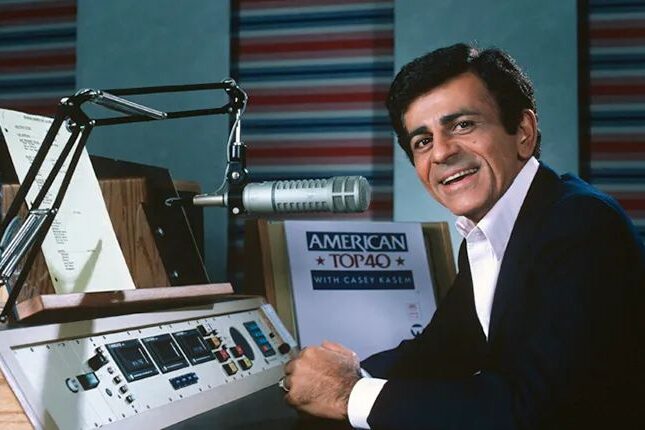
For millions of Americans in the 1970s, Sunday was synonymous with Casey Kasem and American Top 40. Launched in 1970, this syndicated show counted down the most popular songs in the country, based on the Billboard Hot 100 chart. Casey Kasem’s warm, enthusiastic, and highly distinctive voice guided listeners through the musical landscape, providing not just the songs, but also engaging “long-distance dedications” and factual artist backstories. The show was an essential cultural touchstone that transformed listening into an organized event. Kids would anxiously tune in, often with notebooks open, to write down the weekly chart positions, creating their own official record of the biggest hits. The methodical countdown made music feel important and official, giving structure to the evolving pop scene. It was a required listen that cemented the week’s biggest songs and set the tone for the coming week.
4. Recording Songs Off the Radio Was an Art
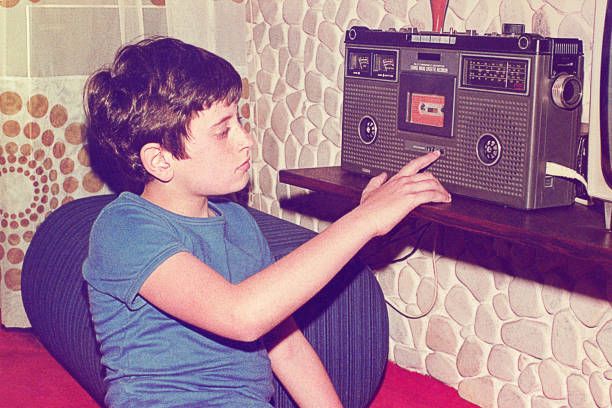
In the 1970s, before digital downloads, the primary way to own a copy of a favorite song without buying a 45 single was to record it directly off the radio onto a cassette tape. This act was a serious and often frustrating endeavor, elevated to an art form by dedicated fans. Listeners sat poised with their cassette recorder’s “record” button pressed halfway down, ready to engage the tape transport the second a desired song began. The challenge lay in the unpredictability of the disc jockeys (DJs), who were notorious for talking over the song’s intro or outro, often “ruining” what would have been a perfect, clean recording. Nevertheless, these home-recorded cassettes, sometimes filled with unintended static, snippets of DJ chatter, or abruptly cut endings, became cherished, personalized mixtapes. They were the ultimate expression of personal taste, a soundtrack captured directly from the airwaves that could be played anywhere, from a car to a boom box.
5. Disc Jockeys Were Local Celebrities
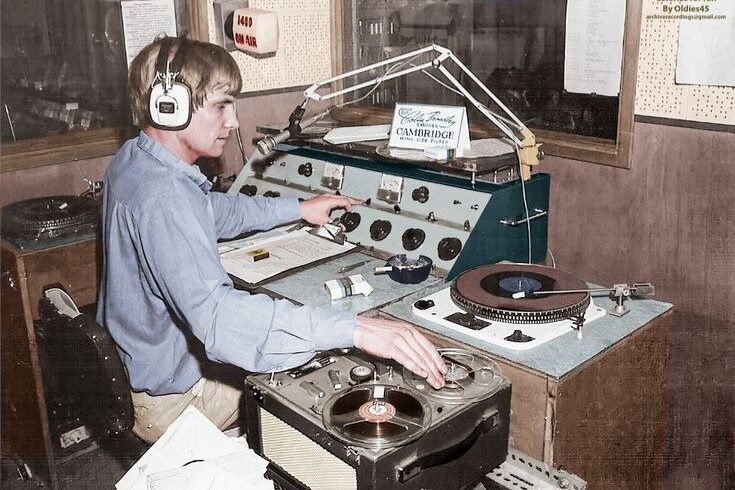
Before algorithms dictated playlists, the disc jockey (DJ) was the ultimate tastemaker and a pivotal part of the listening experience. In the 1970s, local radio stations held massive cultural influence, and their DJs were often recognizable and beloved figures within the community. These voices, who operated in a highly personality-driven medium, did more than just play music; they curated it. They had the power to make or break new songs, often reading live commercial endorsements, taking listener calls, giving away prizes, and simply cracking jokes or telling stories between tracks. Kids felt a genuine, personal connection to these voices, tuning in faithfully not only for the music but also for the DJ’s presence and companionship. The best DJs were seen as hip, knowledgeable friends who offered a constant, friendly presence throughout the day, turning the local airwaves into a vibrant, communal space.
6. 45 Singles Felt Like Prized Possessions
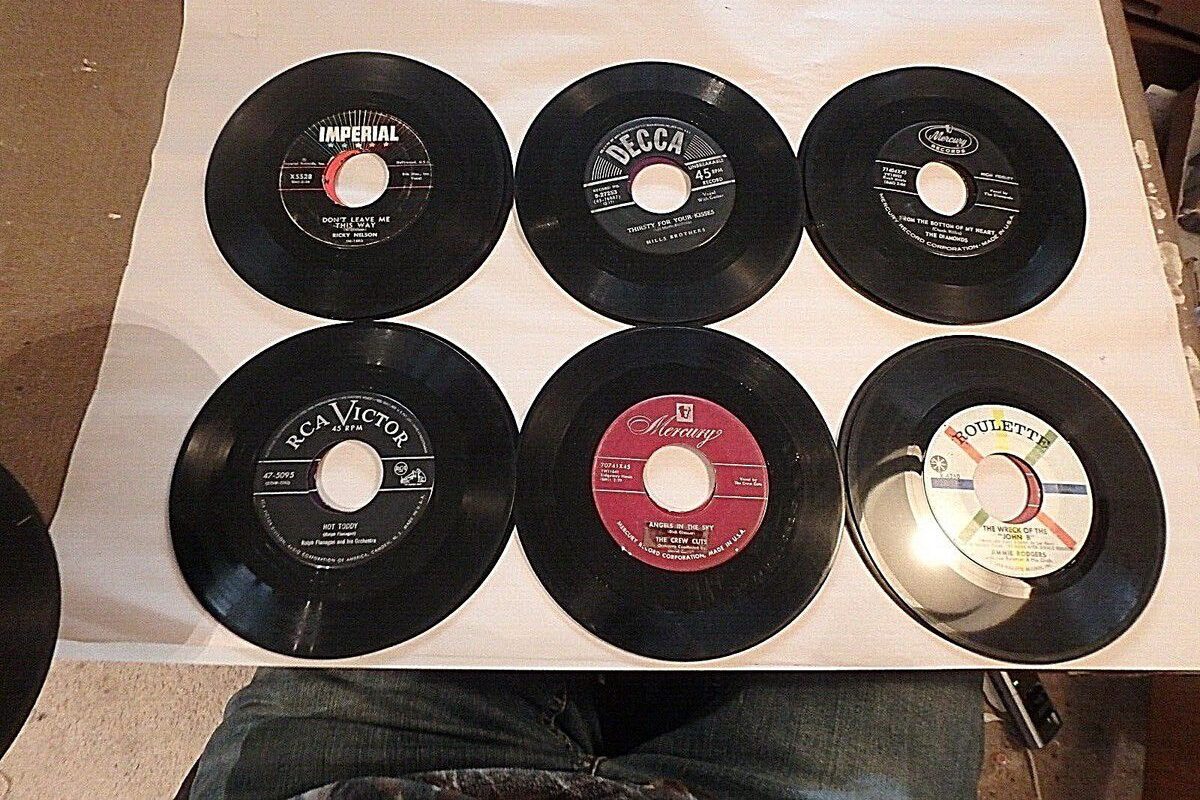
For many young listeners in the 1970s, the 45 RPM single was the affordable and primary entry point into owning music. These small, seven-inch vinyl records, typically featuring one hit song (the A-side) and a lesser-known track (the B-side), were the perfect low-cost collectible. They were often stored in brightly colored paper sleeves, making a wall of singles a vibrant display of a person’s current music taste. The ritual of placing the record onto a spindle adapter (often a small plastic “spider”) and dropping the needle was a distinctly tactile experience. The B-side, though initially secondary, often revealed unexpected hidden gems, songs that sometimes became bigger hits than the A-side or evolved into a listener’s personal, obscure anthem. Collecting and trading 45s was a social activity that cemented personal taste and gave kids a feeling of real, tangible ownership over their favorite songs.
7. Album Covers Were Works of Art
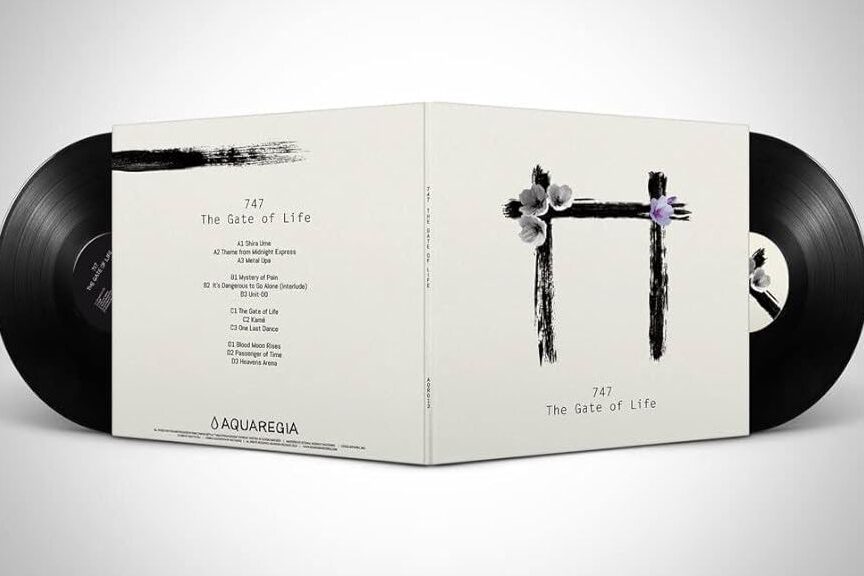
The LP (Long Play) album cover in the 1970s was an integral part of the musical experience, often elevating the record to a piece of visual art. With a standard size of 12.375 by 12.375 inches, the covers offered a large, substantial canvas for elaborate photography, illustrations, and graphic design. Artists and bands used them to establish their brand, convey a mood, or tell a visual story that complemented the music. Gatefold sleeves (covers that opened up like a book) provided even more real estate for lyrics, liner notes, elaborate band photos, or even posters. After saving their allowance to buy a new album, listeners would typically sprawl out on the floor, often wearing large headphones, and meticulously study every detail, the credits, the thank-yous, and the artwork, as the vinyl spun. This immersive, multi-sensory experience made the purchase feel like an investment in a complete, self-contained cultural artifact.
8. Record Players Were Household Fixtures
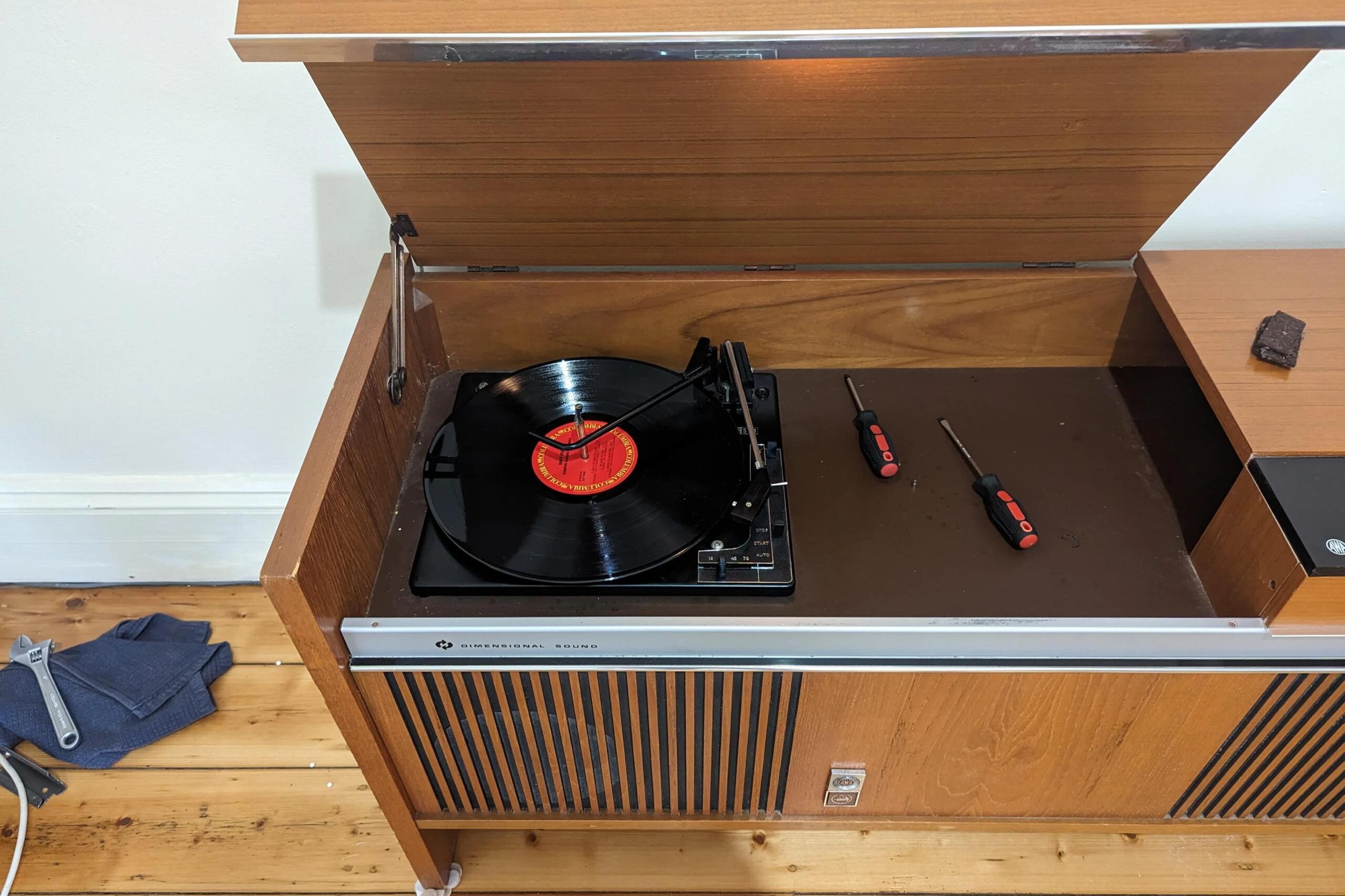
In the 1970s, the record player, or turntable, served as the central music hub for most families. These players ranged from massive, self-contained wooden “console” stereos, which were essentially pieces of furniture, to sleek, dedicated component turntables with separate speakers. A key feature of many home systems was the automatic changer, which allowed a stack of 45s or LPs to be placed on a tall spindle, dropping them one by one onto the platter for continuous play. The sound was often defined by the familiar imperfections of the medium: the initial surface noise as the needle dropped, the occasional pop or crackle from dust, and the dreaded skipping groove caused by a scratch. These quirks were not seen as flaws, but as natural signs of a well-loved record, giving the music a tactile, “alive” quality. The record player was a gathering point, providing the soundtrack for everything from Saturday morning chores to evening parties.
9. Boom Boxes and Jukeboxes Made Music Social
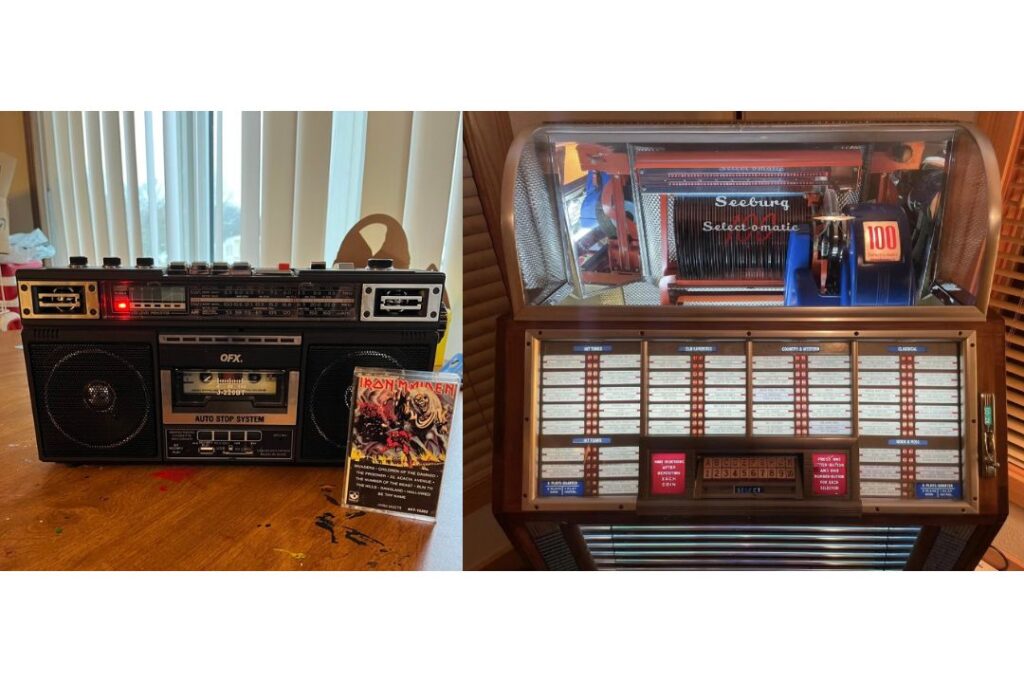
Music in the 1970s had distinct social venues: the jukebox in diners and bowling alleys, and the emerging boom box on streets and in parks. The jukebox, a gleaming centerpiece of any establishment, required a quarter or two to allow listeners to select the soundtrack for an entire room, fostering a communal music experience. Watching the internal mechanism flip and play the chosen 45 single often felt like a glimpse into a futuristic machine. The boom box (or “ghetto blaster”), which started to gain popularity late in the decade, was the highly amplified, portable evolution of the transistor radio. It could broadcast the same communal, coin-operated energy out into the public sphere. These large, battery-draining cassette players allowed music to be shared anywhere, turning a playground or street corner into a spontaneous dance party and cementing music’s role as a mobile social driver.
10. Eight-Track Tapes Were Flawed But Exciting
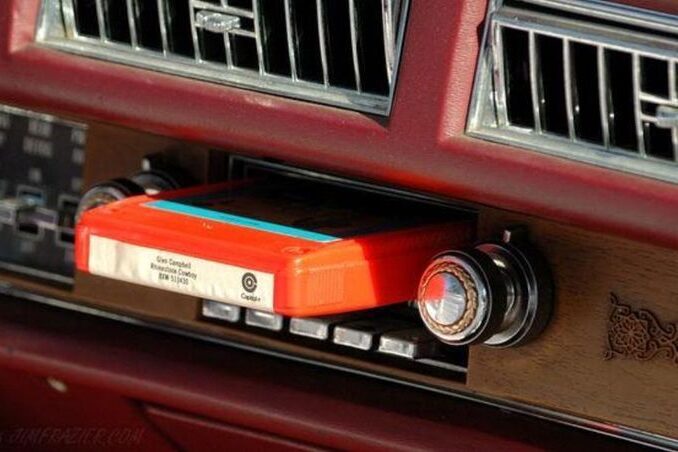
While not as dominant as vinyl or the cassette, the eight-track tape was a major consumer format in the 1970s, particularly popular in automobiles. The chunky, durable cartridges were easy to load into a car’s dashboard player, often just a simple “shove and click”, making them highly convenient for road trips. The tape format divided the album into four stereo “programs” or “tracks.” The format’s major, often frustrating flaw was the need to switch tracks to continue the album. This switch was signaled by an audible “clunk” and often happened mid-song, sometimes abruptly chopping off a chorus or guitar solo. Despite this technical imperfection, the eight-track felt cutting-edge at the time. Its convenience and robust design made it the format of choice for many adults and cemented its role as the de facto “car stereo” format for much of the decade.
11. Headphones Offered Total Escape
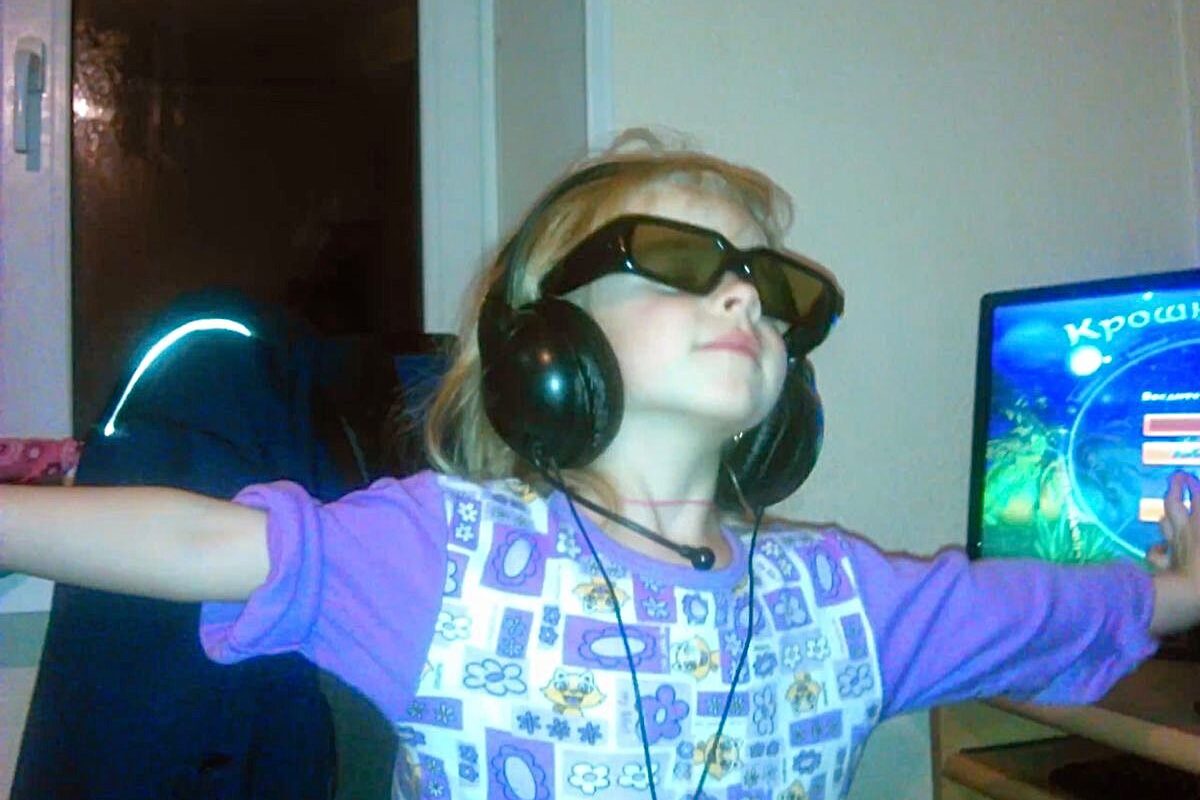
The arrival of comfortable, high-quality stereo headphones in the 1970s gave listeners an unprecedented ability to enter a totally private sound world. Unlike the shared experience of the living room stereo, big, cushioned headphones, often designed to completely cover the ear, blocked out the external world. This created an intimate, intensely focused listening session. The experience of lying on a bedroom floor or bed with headphones on was transformative; the music seemed to envelop the listener, with instruments and vocals heard in crisp, separated stereo channels. For kids, this offered a vital escape, an immediate transport away from the noise of a busy household, homework, or chores. The headphone experience fostered a deeper, more personal connection to the music, turning a popular record into a solitary, almost meditative journey.
12. Radio Contests Made Phones Ring Nonstop
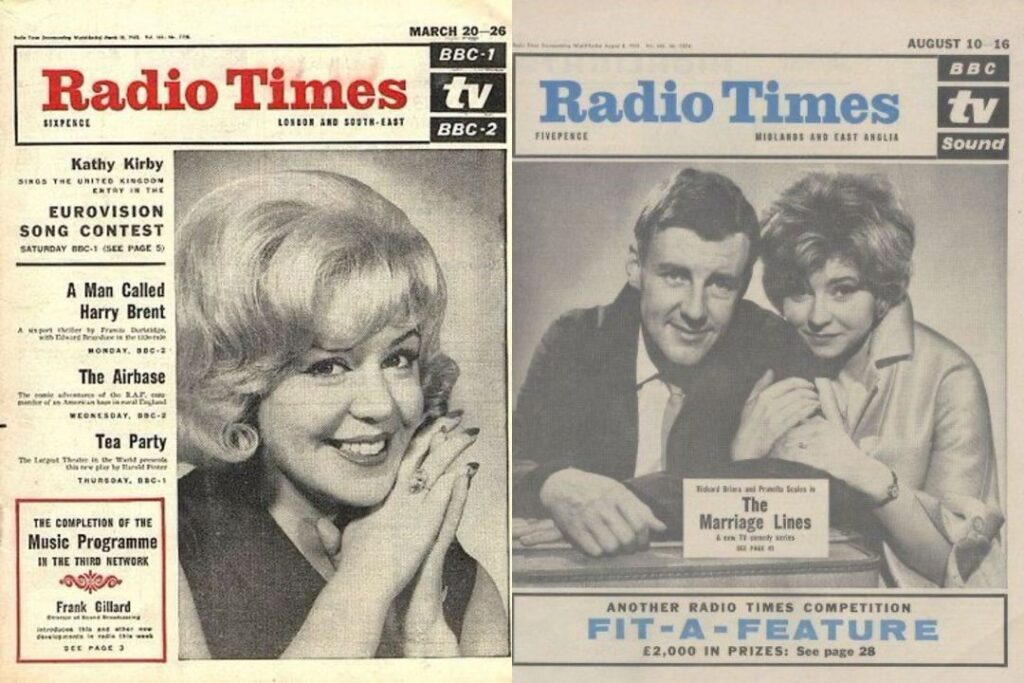
The promise of winning a prize, be it concert tickets, a station T-shirt, or a vinyl album, turned the local radio station into an interactive game show throughout the 1970s. Radio contests were a major promotional tool for stations and a source of high-stakes excitement for listeners. The key challenge was usually being the “ninth caller” or “tenth caller” when the DJ announced a contest. Kids would frantically dial their rotary phones, the finger-wheel spinning with agonizing slowness, trying to get through the perpetually busy signal. Winning a contest felt like a genuine brush with local celebrity and confirmed a listener’s loyalty to the station. This competitive element reinforced the feeling that the radio was not just a one-way broadcast, but a genuine community connection where listeners had a real chance to participate and win.
13. Saturday Mornings Meant Music-Fueled Chores
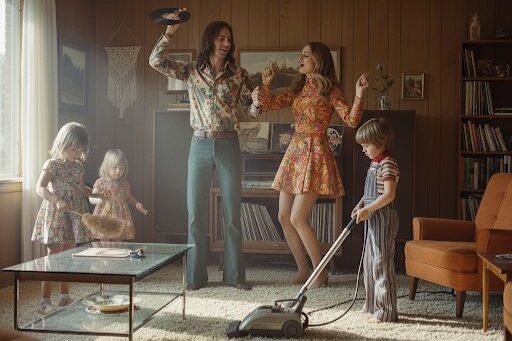
For many families in the 1970s, Saturday morning chores were set to a mandatory, up-tempo soundtrack provided by the family stereo. Parents would “crank up” the volume, filling the house with music from genres like Motown, classic rock, disco, or whatever big-band jazz or swing records they owned. The volume level was often a point of contention, but the music served a dual purpose: it motivated activity and created a shared, if sometimes begrudging, family energy. The rhythm of dusting, vacuuming, and cleaning was set by artists like Elton John, Stevie Wonder, or the Bee Gees. The music wasn’t just background noise; it transformed mundane household tasks into a communal, often spontaneous, dance break or sing-along. This ingrained music into the fabric of everyday domestic life, associating it with energy, movement, and the start of the weekend.
14. Campouts and Summer Nights Had Radios Buzzing
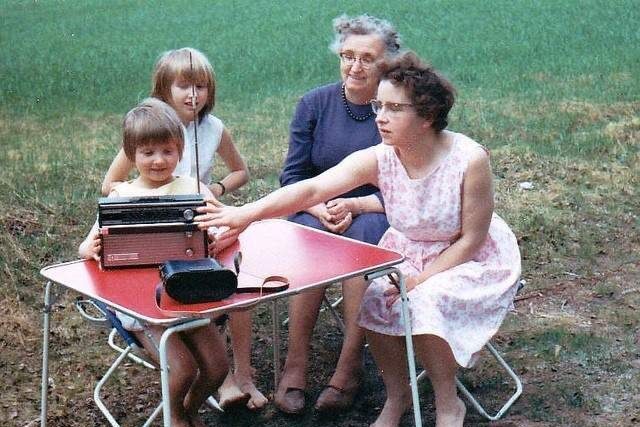
The inherent portability of the transistor radio and the boom box meant that music easily extended beyond the home, becoming the soundtrack to all forms of outdoor and leisure activities. During summer nights, warm evenings on the front porch, backyard barbecues, or family camping trips were accompanied by a radio perched on a picnic table or cooler. The air would be filled with the current Top 40 hits, the sound blending seamlessly with the ambient noises of the evening, the chirping of crickets, the laughter of friends, and the hiss of a campfire. These songs, heard under the open sky, were often permanently imprinted onto the memory of a specific summer, a trip, or a special event. The radio served as a reliable, ever-present companion, turning ordinary warm-weather moments into memories etched in rhythm and melody.
15. AM Static Was Its Own Kind of Magic
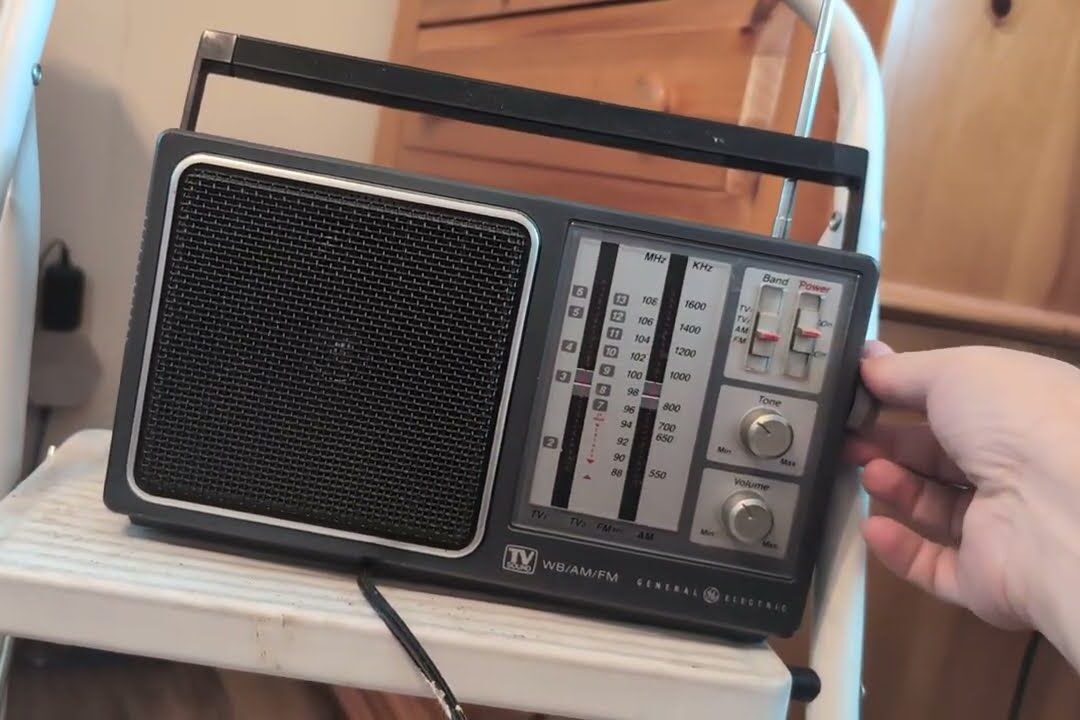
The unique characteristics of AM radio signals created a particular form of listening magic in the 1970s. Unlike the clean sound of FM, AM was highly susceptible to atmospheric conditions, leading to noticeable static, crackles, and “fading” of the signal. This was frustrating, yet also endlessly fascinating, particularly after sundown. The phenomenon of skywave propagation allowed AM signals to bounce off the ionosphere at night, causing faraway stations to bleed through the airwaves, creating a spectral mix of music and signals. For the curious listener, this “ghost” music was proof that signals were invisibly floating all around them, waiting to be “caught” with a simple twist of a dial. The search for a clear signal became a nightly quest, making the AM radio a temperamental but enchanting instrument that connected listeners to an unseen, vast world of sound.
16. The Radio Was Always There
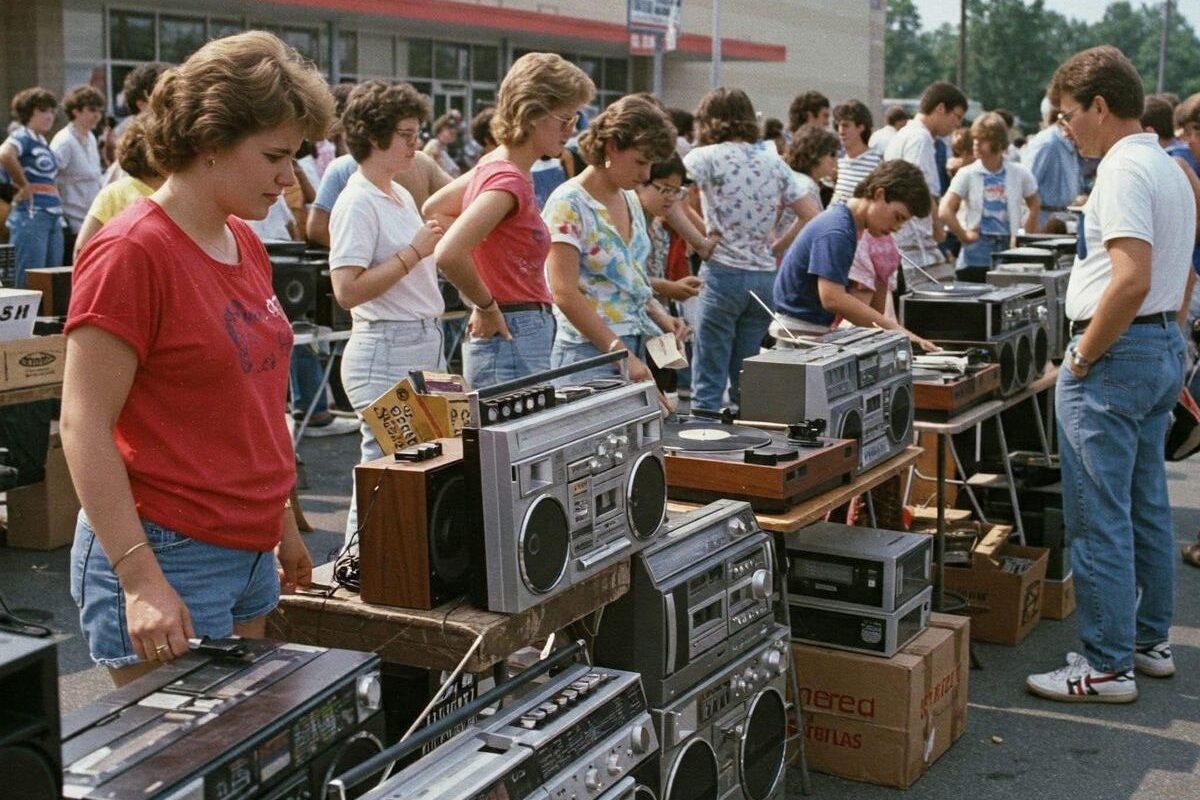
From the alarm clock that woke you up to the car stereo on the way to school and the bedside transistor that lulled you to sleep, the radio was the continuous, invisible thread woven through 1970s life. It transcended being a mere appliance; it was a constant source of companionship, news, weather, and, most importantly, culture. It established the shared language of the music scene, ensuring that people in different towns and states were all listening to the same chart-topping hits. It provided the emotional background score to everything from daily bus rides to first dates. More than just a source of music, the radio was the unifying cultural pulse of the 1970s, the reliable background to the entire process of growing up.
That decade of vinyl, cassette, and airwaves was a golden age where the act of listening felt deeply tangible and communal. Every crackle of the needle and every twist of the dial was a conscious choice that shaped your personal soundtrack. What 1970s song is the first one you can remember recording off the radio?
This story 16 Memories of Radio & Music in the 1970s was first published on Daily FETCH


